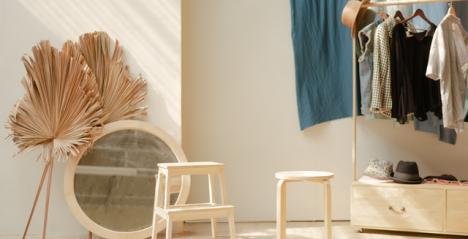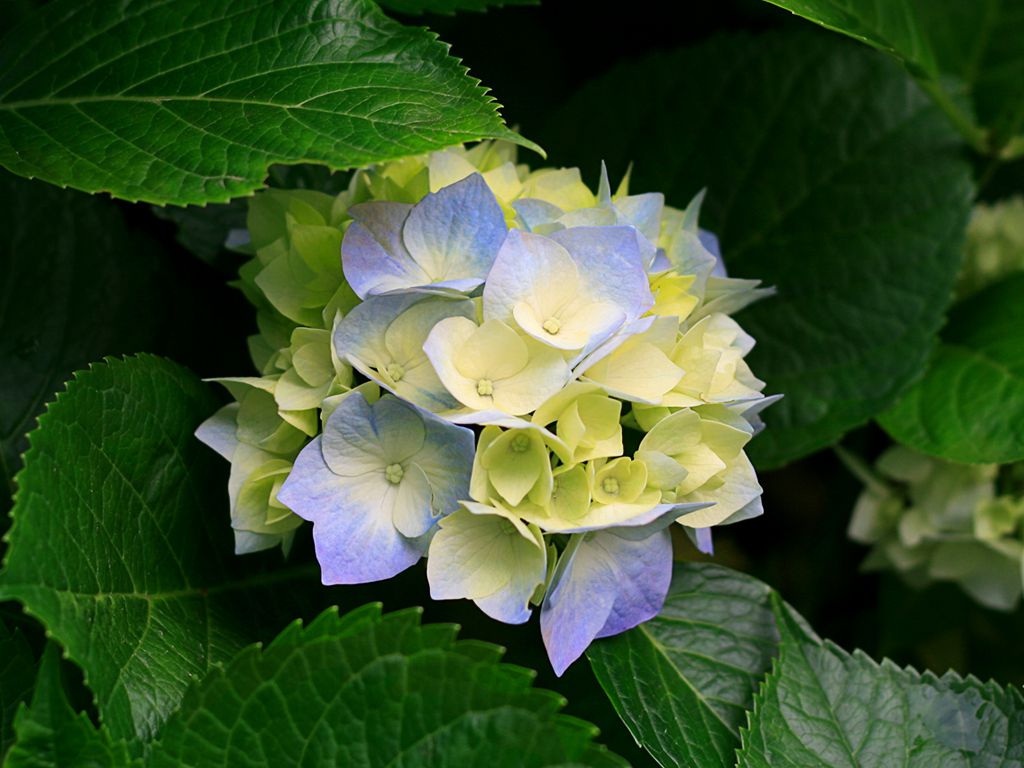Anaita Thakkar is the Founder, Director and Chief Designer of Lustre Jewellery. Since she was a little girl, she has had a love for semi-precious gemstones and all the beauty they impart to modern contemporary jewellery.
Originally from Bombay, she moved from Hong Kong to Singapore, where she noticed a distinct lack of affordable semi-precious jewellery.
She decided to carve a niche in the market and has realised the lack of high quality, one of a kind, stylish yet affordable jewellery for all collections.
Anaita sources her stone, both the common place to the more exotic, from India, the gem capital of the world, but realises her designs through artisans in ateliers dotted around the globe.
Passionate about her brand, and involved in every aspect of her business, from designing, sourcing, marketing and finally selling the priciest is what drives Thakkar. Having control over quality makes her confident about showing off these amazing pieces, and is reflected in the loyalty she gets from her customers. This business is truly her baby, and she does a marvellous job in etching out a story for each piece she sells, with creativity and confidence.
The Top 3 questions I am asked the most often are:
1. How Do I Take Care Of This Piece Of Jewellery?
A couple of ways:
Keep it nice and dry. That means not storing it in the bathroom, not leaving it by the edge of the pool, and generally speaking not bathing with it on. Having said that, I never take off either my engagement & wedding rings, nor my little blue evil eye necklace.
These instructions refer more to jewellery that is made in sterling silver, or plated brass. Keep that kind of jewellery in a drawer, a box, an old ( clean) sock - what have you. Just keep it nice and dry. In Singapore’s humid weather, this is especially important as silver and plated jewellery does tend to tarnish.
Please, do not store your jewellery in little zip lock bags, or the plastic bags that it originally comes in, unless you plan to put in each bag the silver anti tarnish strips. Storing jewellery in plastic in Asia’s humidity, just means that you are effectively trapping the moisture inside the bag. Which just makes it tarnish that much faster.
2. How should I clean this? Especially about silver
Silver is a very versatile metal, with a gorgeous soft lustre, that makes for beautiful jewellery. Unfortunately it is also pretty fragile, and can quickly develop tarnish, stains and scratches. However, it is possible to clean this yourself. Run to a DIY or hardware store, and buy yourself a couple of silver polishing cloths. Give your jewellery a good wipe and you are ready to go.
If it is much more than the cloth can handle, or if your jewellery is very intricately carved ( OR if you are a completely Type A personality), you might want to follow these steps. Take a small bowl, line it with aluminium foil.
Add a tablespoon of salt, and baking soda, a couple drops of dish detergent and a cup of hot water. Watch the magical fizz, and drop your jewellery in it. Let is sit for 10 minutes whilst you stare at the dog. Or paint your toenails.Or whatever. Take it out, rinse it clean, wipe it dry, and TA-DA! I do this with all my jewellery, including aforementioned engagement ring. Always works.
If your silver jewellery has scratches and pits in it, and you absolutely cannot live with that, you will have to take it to a professional jeweller to have it buffed, polished and perhaps plated again. This is where you have to weigh the cost benefits, and what that piece is actually worth to you.
3. Will the gold plating wear off?
OF COURSE it will. But, and there’s an important BUT!
Gold plated jewellery does not fade. Instead, the very thin layer of gold that is plated over another metal wear off, exposing the underlying metal. The amount of time it takes for the gold plate to wear off is dependant on a number of factors.
First, the thickness of the plating will affect the length of time the layer of gold plate will wear off and expose the silver. This is where it’s important to know if the pieces are flash gold plated, or coated with a specific thickness measured in microns.
Microns are measured in numbers, generally starting from 0.5. The higher the number, the thicker the gold plating, and hence more expensive the piece, to manufacture and buy.
The type of jewellery and how and where it is worn is also a consideration. A gold plated ring will lose its plating far faster than a pendant. A piece of jewellery worn against bare skin will wear off sooner than one worn over clothing.
For obvious reasons, certain pieces of jewellery simply take more punishment and are exposed to more chemicals, both from the wearer's body and more agents from the environment. All of this will cause the plating to wear off faster.
If you are ever buying a piece of gold plated jewellery from a store, or jeweller that says that “the plating will never wear off”, RUN. Don’t walk, don't be polite, just RUN. ‘Coz that’s simply not the truth.
If you can keep these 3 things in mind, all your jewellery, fine or fun, will stay looking good for ages. And as always, remember jewellery - last thing on, first thing off.
Brought To You By Expat Choice












